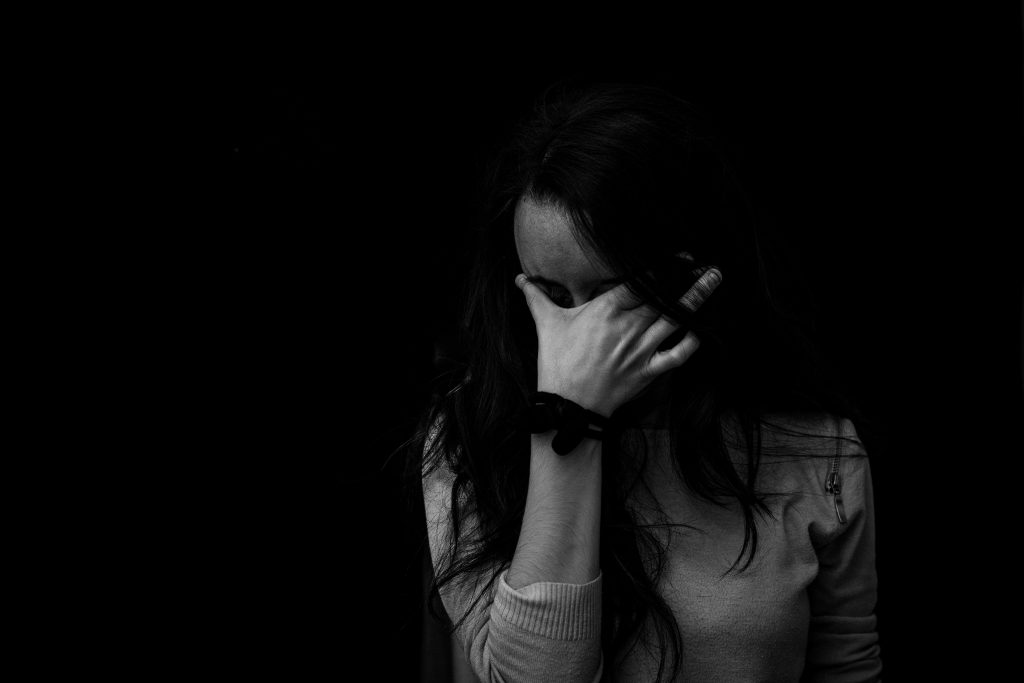If you were asked the most boomer question ever of “How old are you planning on getting married?” what would be your response?
In your late twenties? The early thirties? Or not planning at all?
Such isn’t the case for some girls as they don’t have that choice. Nor do they have the decision to even reach a legal age before giving their hand in marriage.
Prior to the COVID-19 pandemic, more than 100 million girls were expected to marry before their 18th birthday in the next decade.
The United Nations Children’s Fund (UNICEF) estimated that more than 650 million women alive today were married before the age of 18. In the Philippines, in 2013, approximately 700,000 women between the ages of 20 and 24 entered a union before they reached legal age.
Now, up to 10 million more girls are at risk of becoming child brides as a result of the pandemic.

Fatima was 14 years old when she married her 22-year-old distant cousin, Omar. Their marriage was decided by her wali (uncle), and her husband’s family. Despite her disapproval, she had no choice but to proceed with the marriage that was planned just a few days after she was informed.
Her mother, Isah, was a child bride as well. This shows how child marriages can be an intergenerational issue, seemingly a vicious cyclical problem that can go on forever if not purposely stopped.
Marrying young has become an option and is seen as a solution to the financial burden set by their families. Parents have also opted to have their daughters marry young to apparently protect their honor as engaging in premarital sex brings shame to the family.
For Fatima, it was the former. Her grandmother mentioned how marriage will help ease the burden on Isah’s shoulders, especially after one of their sources of income, a sari-sari store, was destroyed by the Marawi siege.
Marrying young, and living with a stranger is very difficult to imagine. What more for young Fatima? Her dream of becoming a teacher was put on hold. This time she had another responsibility to think about, her child who was born when she turned 15.
Child marriage is a modern problem
18 is the age of emancipation in the Philippines. In fact, the Family Code states that the legal age of marriage is 18 years old and above, and further highlights that consent must be freely given by both parties. Moreover, the country is even signatory to international laws that protect child brides. So how is child marriage still happening?
You see, it all boils down to the legislation that is present. Unfortunately, it lacks in the areas where these girls need protection. Thus, child marriage is a tragic reality that still happens today.
While child marriage happens to young boys, it is mostly girls that are subject to child marriages. Deputy Speaker Hon. Bernadette Herrera, the Partylist Representative of Bagong Henerasyon Partylist in the 18th Congress, defines child marriage as a fundamental human rights violation, given the negative impacts on the health and development of children.
Poverty is one of the driving factors of child marriages. The COVID-19 pandemic has affected the economy and businesses of Filipinos and unfortunately coerced Filipinos to marry.
Effects on girls

You may think that child marriage is not prevalent in your city because you don’t see it happening around you.
Newsflash, it still is happening in many places.
Among the numerous effects child marriage has on girls, these are some of the most crucial:
- It effectively ends girls’ childhoods. Even as minors, child brides are expected to act mature.
- It puts a stop to their education. In some cases, their spouses may not allow them to continue going to school.
- It increases the chances of domestic violence. Even when they speak out against their spouses, they are often not taken seriously.
- Giving birth at a young age is a risk to child brides as they may be more susceptible to pregnancy-related injuries such as obstetric fistula.
A thing of the past
The thing about culture is that it is never constant. The general customs and beliefs you know as of the moment may not exactly be the practice that your grandparents, relatives or, even ancestors know of. Your way of life would significantly be different because of the steadfast changes the surroundings bring to each of your lives.
“Our culture, the cultures in our country, and cultures all over the world, they’re living breathing things. They’re dynamic, they’re always evolving. I mean, they have evolved for thousands of years until today,” Sen. Risa Hontiveros said during an online conference about the legislative agenda to end child marriage on June 5, 2021.
The senator added that Fatima’s story happened only in 2019. Pretty recent, considering how time flies.
People are quick to turn away from child marriages, regarding it as a bygone practice and oblivious to the subtleties and situations around them. Dismissing it and merely saying, “hindi na nangyayari iyan.”
The issue remains however that girls are subjected to this and are mostly affected largely due to economic circumstances, cultural expectations, and outdated beliefs and norms.
Girls Not Brides Act
Senate Bill no. 1373 or the “Girls Not Brides Act” is close to becoming a law. The House version of the bill passed the third and final reading, only lacking the Congress of the Philippines’ approval and the president’s signature.
As the author of the bill, Sen. Hontiveros remains hopeful that the bill will be passed in the 18th Congress.
Once passed into law, child marriage will be considered a public crime. The law will penalize any person who facilitates and solemnizes the union between the minor party and their spouse.
The Department of Social Welfare and Development (DSWD) is the primary agency to certify that the proposed law is implemented properly. DSWD will safeguard the execution of programs and services for these children.
Sen. Hontiveros reminds everyone that it isn’t solely up to DSWD. She remarks that every Filipino citizen has a role to safeguard the victims’ future and avoid the situation from happening.
Community contribution

Pushing for change requires the contribution of every single person in our communities. It does not solely depend on the passed bill, but on how you start to respect and educate yourself on pressing matters such as this one. Just like the words of Zonta Club of Cebu II’s President Cristina “Petite” Garcia, social change cannot succeed without community engagement.
As part of the Zonta Club of Cebu’s vision to educate every citizen on the importance of this bill, the organization has initiated the following community actions:
To educate
This generation can make use of social media as well as traditional media. With their participation in both mediums, the dangers of child marriage should reach a wider range of audiences.
To encourage community dialogues
Connecting with religious leaders, there should be role models advocating for the community to follow.
To participate
To help spread awareness, research, and engage. Just because it’s not happening to you, doesn’t mean it’s not happening.
It is unfortunate to think that there are people who still think that the essence of a woman can be measured on her ability to be a homemaker. The freedom to choose is a right given to every Filipino, and this does not exempt young girls. It is time to respect the choices and being of every woman and child. There should be no more children having children, and there is no other time to put an end to it, but now.
CITATIONS:
- Reid, K. (2018). Child marriage: Facts, FAQs, and how to help end it. Retrieved 07 June 2021, from https://www.worldvision.org/child-protection-news-stories/child-marriage-facts
- The Facts on Child Marriage. (n.d.). Retrieved 08 June 2021, from https://iwhc.org/resources/facts-child-marriage/
- Child marriage. (2021). Retrieved 08 June 2021, from https://www.unicef.org/protection/child-marriage
- Legislators take steps to end child marriage in the Philippines. (n.d.). Retrieved on 08 June 2021, from https://www.worldvision.org.ph/news/end-child-marriage-2020/#_ftn1
- Cepeda, M. (2019). Too young to marry. Retrieved 08 June 2021, from https://amp.rappler.com/newsbreak/in-depth/236272-child-brides-too-young-to-marry










